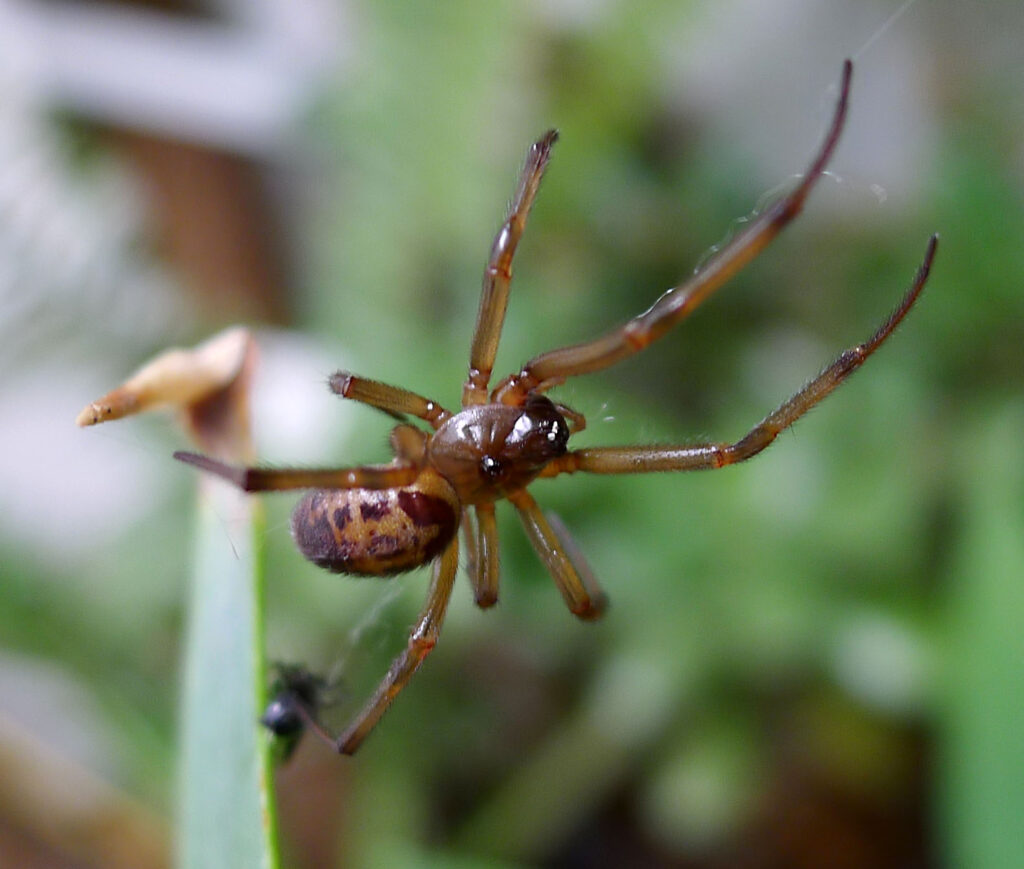Few creatures have managed to capture the public imagination quite like the noble false widow spider. This unassuming arachnid, smaller than a penny and less dangerous than a bee sting, somehow transformed from a quiet garden resident into Britain’s most feared eight-legged villain. The media storm that erupted around this harmless spider reads like a masterclass in manufactured hysteria, complete with sensational headlines, school closures, and enough misinformation to fill a tabloid editor’s dream.
What makes this story particularly fascinating isn’t just the spider itself, but how modern society’s relationship with nature can spiral into collective panic faster than you can say “spider bite.” The noble false widow became the perfect boogeyman for our urbanized world, where encounters with wildlife feel increasingly alien and threatening.
The Innocent Arrival That Started It All
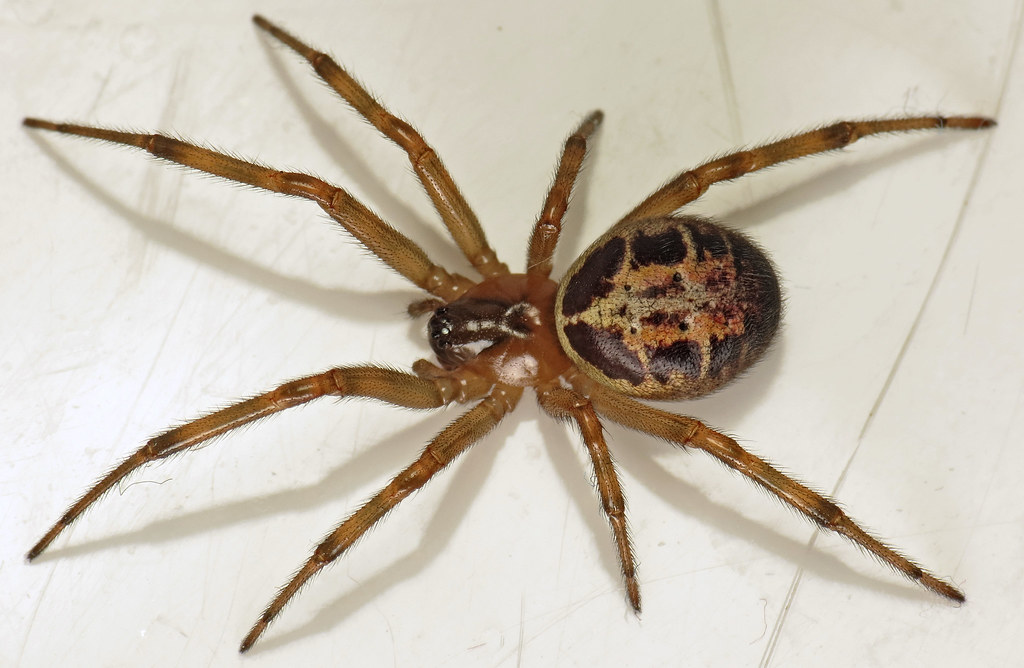
The noble false widow spider, scientifically known as Steatoda nobilis, didn’t arrive in Britain with fanfare or malicious intent. These Mediterranean natives likely hitchhiked their way across Europe in cargo shipments during the 1870s, settling quietly into their new home without anyone batting an eyelid. For over a century, they lived peacefully in gardens, sheds, and quiet corners of British homes, going about their business of catching flies and other small insects.
Their presence went largely unnoticed until the early 2000s, when warmer temperatures began expanding their range northward. Suddenly, these spiders were showing up in places they’d never been seen before. But here’s the kicker – they weren’t actually becoming more dangerous or aggressive. They were simply becoming more visible, like that neighbor you never noticed until they painted their house bright purple.
The timing couldn’t have been worse for these innocent arachnids. Social media was just beginning to flex its muscles, and the 24-hour news cycle was hungry for fresh content. A spider with “false widow” in its name? That was tabloid gold waiting to be mined.
The Tabloid Machine Goes Into Overdrive

When the British press first caught wind of the false widow story, they didn’t just run with it – they sprinted like their lives depended on it. Headlines screamed about “Britain’s Most Venomous Spider” and “Killer Spiders Invade UK Homes.” The hyperbole reached such ridiculous heights that you’d think alien invaders had landed, not that a perfectly ordinary spider had been spotted in a few more gardens than usual.
The media’s approach was masterful in its simplicity. Take one part genuine arachnophobia, add two parts sensational headlines, and mix with a healthy dose of scientific illiteracy. The result? A perfect storm of panic that would make Orson Welles’ “War of the Worlds” broadcast look like a minor misunderstanding.
What made this particularly insidious was how the stories fed on themselves. Each new “sighting” became front-page news, each alleged bite turned into a medical emergency worthy of national attention. The false widow spider had become Britain’s most wanted criminal, despite having committed no actual crimes.
School Closures and Spider Scares
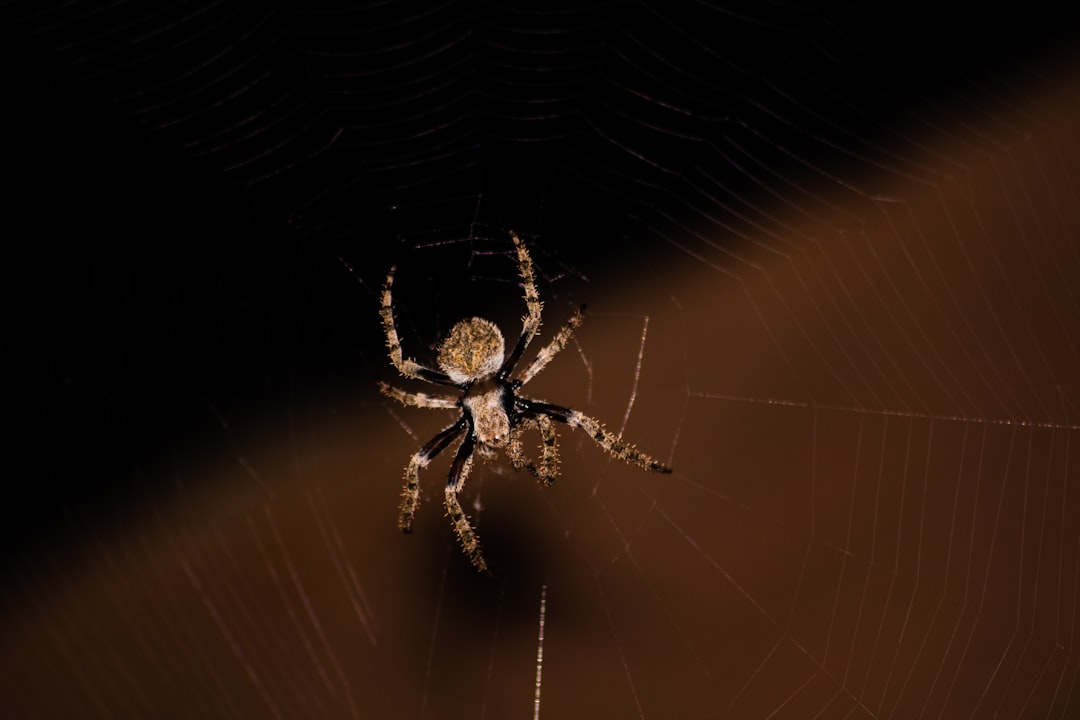
Perhaps nothing illustrated the absurdity of the false widow panic better than the school closures that followed. When a single spider was spotted in a London school in 2013, the entire institution was evacuated and shut down for four days. Four days! For one spider that posed less threat than the cleaning chemicals used to “decontaminate” the building.
The Gloucester school closure became the template for similar overreactions across the country. Teachers armed themselves with vacuum cleaners like medieval knights preparing for battle. Parents kept their children home rather than risk an encounter with these supposedly deadly arachnids. The pest control industry, meanwhile, was having its best year in decades.
What’s particularly striking is how these closures revealed our complete disconnection from the natural world. These same schools probably had wasps, bees, and other creatures that posed far greater risks to children, yet nobody was calling for emergency evacuations over a yellow jacket nest.
The Bite That Wasn’t (Usually)

The crown jewel of false widow folklore became the dreaded “bite.” Every unexplained red mark, every mysterious swelling, every bout of feeling unwell suddenly had a culprit: the false widow spider. Hospital emergency rooms began seeing a parade of patients convinced they’d been attacked by Britain’s newest apex predator.
The medical reality was far less dramatic. False widow bites, when they actually occurred, typically produced symptoms comparable to a bee sting – some localized pain, minor swelling, and perhaps a bit of redness. Most people who claimed to have been bitten by false widows had probably encountered mosquitoes, midges, or had simply scratched themselves on a thorn.
But facts were no match for a good story. The media happily reported every alleged bite as if it were a matter of life and death, complete with dramatic photographs of swollen limbs and quotes from “victims” describing their harrowing ordeals. The spider’s reputation grew with each fabricated tale.
Scientific Reality vs. Media Fiction
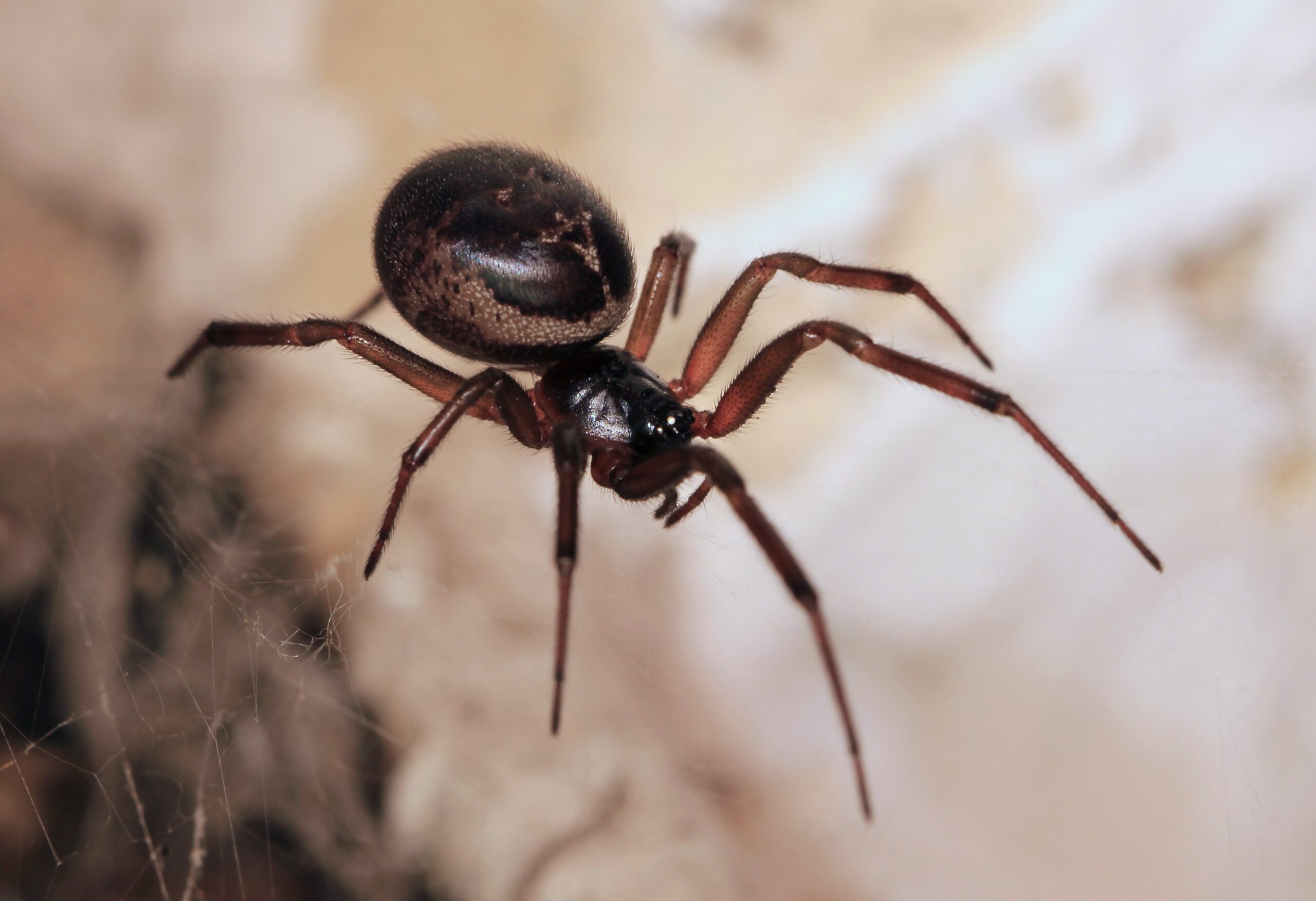
While tabloids painted false widows as eight-legged serial killers, actual arachnologists were scratching their heads in bewilderment. The scientific community found itself in the awkward position of trying to inject facts into a narrative that had already decided fiction was more entertaining.
The truth about false widows is refreshingly boring. They’re shy, non-aggressive spiders that prefer to hide rather than fight. Their venom is designed to subdue small insects, not mammals thousands of times their size. A false widow bite is about as medically significant as a paper cut – annoying but hardly life-threatening.
Dr. Sara Goodacre, a spider expert at the University of Nottingham, spent years trying to set the record straight. She pointed out that false widows are actually beneficial creatures, controlling pest populations and asking for nothing more than a quiet corner to call home. Her measured scientific approach, however, couldn’t compete with headlines screaming about “killer spiders.”
The Pest Control Gold Rush

Nothing revealed the manufactured nature of the false widow panic quite like the sudden boom in pest control services. Companies that had previously focused on rats and cockroaches suddenly discovered they were spider removal specialists. Advertisements began appearing everywhere, promising to rid homes of these “dangerous invaders.”
The irony was palpable. Homeowners were paying good money to remove creatures that were actually providing free pest control services. False widows eat flies, mosquitoes, and other genuinely annoying insects. By eliminating these natural predators, people were essentially paying to make their bug problems worse.
Some pest control companies, to their credit, tried to educate customers about the harmless nature of false widows. But many others were happy to cash in on the hysteria, charging premium prices for “emergency spider removal” services that were about as necessary as umbrella insurance for sunny days.
The Domino Effect of Misinformation
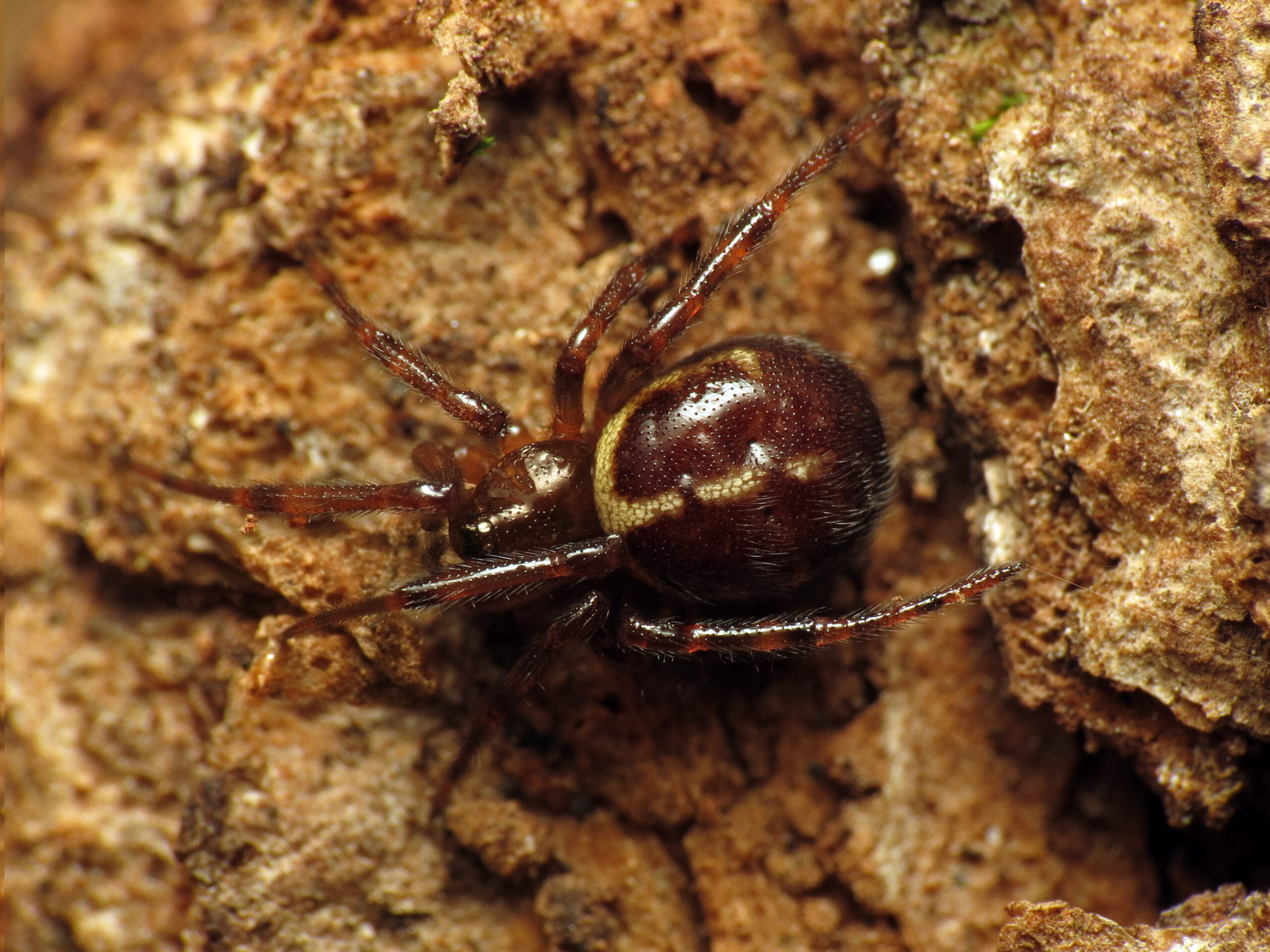
The false widow panic demonstrated how quickly misinformation can spread in the digital age. Social media platforms became echo chambers where every spider sighting was treated as a potential news story. Facebook groups dedicated to “false widow alerts” sprouted up like mushrooms after rain, complete with blurry photos and breathless accounts of close encounters.
The misinformation wasn’t just spreading horizontally among the public – it was also climbing vertically through supposedly authoritative sources. Local councils issued warnings, health authorities released guidance papers, and even some medical professionals began treating false widow bites as serious medical emergencies.
This created a feedback loop where each new “official” response validated the panic, which generated more media coverage, which led to more official responses. The spider at the center of it all remained blissfully unaware that it had become the subject of a national emergency.
International Perspectives on Spider Hysteria
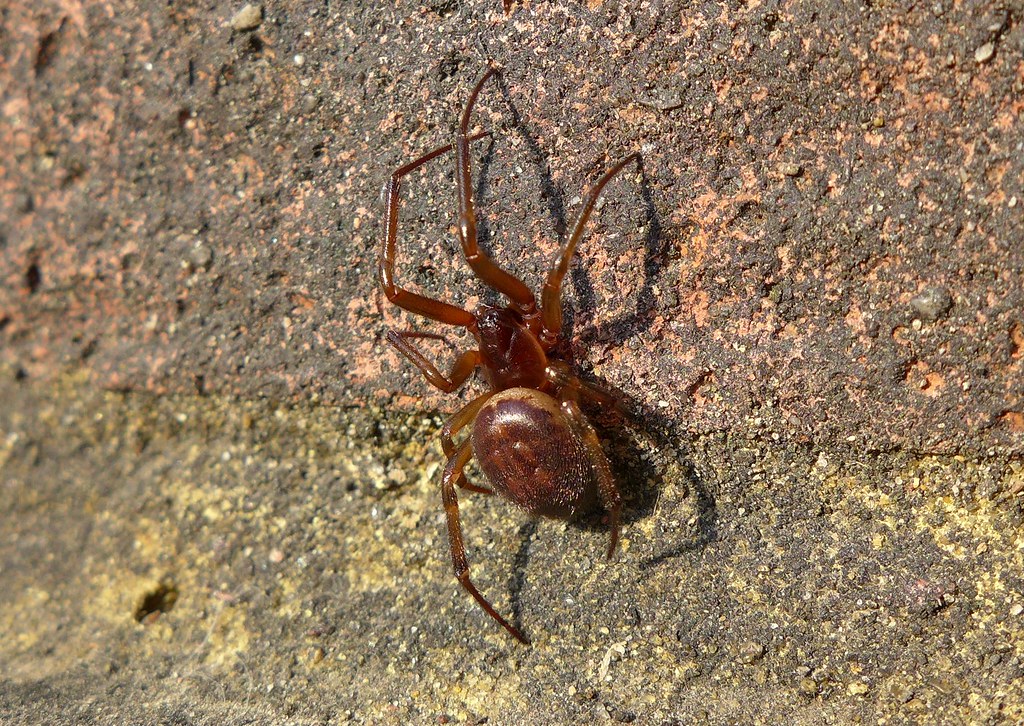
The British false widow panic wasn’t happening in a vacuum. Other countries watched with a mixture of amusement and concern as their neighbors across the channel lost their collective minds over a harmless spider. Australia, a continent actually populated by genuinely dangerous arachnids, found the whole thing particularly entertaining.
In countries where false widows had lived for centuries without incident, the British media coverage was met with bewilderment. Spanish and Italian experts couldn’t understand why spiders they’d grown up with were suddenly being portrayed as dangerous invaders. The cultural difference in attitudes toward wildlife became starkly apparent.
This international perspective revealed something uncomfortable about modern British society’s relationship with nature. Countries with more diverse wildlife seemed better equipped to handle the presence of a small, harmless spider without declaring a national emergency.
The Role of Social Media in Amplifying Fear

Social media platforms became the perfect breeding ground for false widow hysteria. Every spider photo uploaded to Facebook or Twitter was met with a chorus of frightened comments and shared experiences. The algorithm-driven nature of these platforms meant that sensational content about dangerous spiders was far more likely to be seen than boring scientific facts.
The phenomenon created what researchers call “availability cascade” – the more people saw stories about false widows, the more dangerous they seemed. The constant stream of spider-related content created the illusion that these creatures were everywhere and posed an immediate threat to anyone who dared venture into their garden.
Instagram accounts dedicated to spider identification were flooded with photos of common house spiders, all submitted by people convinced they’d encountered a deadly false widow. The democratization of information sharing, usually a positive force, had become a vehicle for spreading unfounded fears.
Economic Impact of Spider Panic

The false widow hysteria had real economic consequences that extended far beyond the pest control industry. Schools spent thousands of pounds on “decontamination” services, insurance companies dealt with claims related to spider infestations, and businesses lost productivity as workers refused to enter areas where false widows might be present.
The tourism industry in affected areas also took a hit. Bed and breakfasts reported cancellations from guests who’d read about the “spider invasion” online. Camping sites saw bookings drop as people opted for spider-free vacation destinations. The economic ripple effects of media hysteria proved that fake news about nature can have very real financial consequences.
Perhaps most ironically, the panic led to increased use of pesticides and spider sprays, creating genuine environmental and health concerns. The cure had become more dangerous than the disease, with toxic chemicals being deployed against creatures that posed no threat to human health.
The Scientific Community Fights Back

As the false widow panic reached fever pitch, the scientific community finally began organizing a coordinated response. Arachnologists, entomologists, and other researchers started appearing on television shows, writing op-eds, and launching social media campaigns to counter the misinformation.
The Natural History Museum in London became a focal point for fact-based spider education. Their experts conducted interviews, created educational materials, and even offered to identify spiders for concerned members of the public. The museum’s spider galleries, previously quiet corners of the building, suddenly became popular destinations for people seeking accurate information.
University researchers began conducting studies specifically designed to address public concerns about false widows. These studies consistently showed that the spiders posed minimal risk to humans and were actually beneficial members of the ecosystem. The challenge was getting this information to compete with sensational headlines and viral social media posts.
False Widow Bites: Separating Fact from Fiction
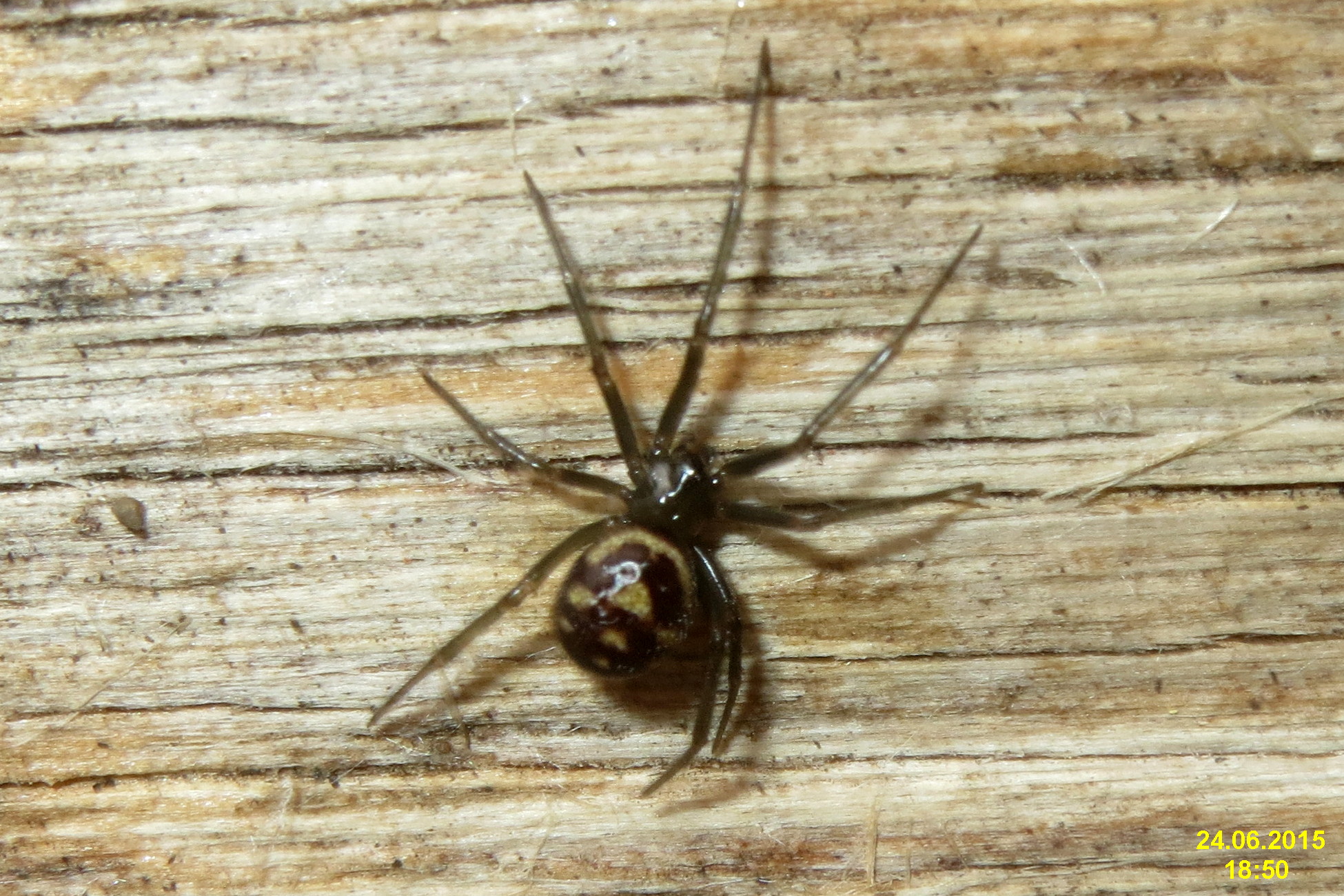
Perhaps the most important aspect of the false widow story was understanding what actually happens when these spiders bite humans. The scientific literature on false widow bites paints a picture dramatically different from media reports of near-death experiences and emergency room visits.
Documented cases of genuine false widow bites typically resulted in symptoms lasting a few hours to a few days. The pain was described as similar to a bee sting, with some localized swelling and redness. Most people who were actually bitten by false widows didn’t even seek medical attention, treating the bite at home with basic first aid.
The key word here is “documented.” The vast majority of supposed false widow bites were never confirmed to have involved actual spiders. Many were likely misidentified insect bites, allergic reactions, or even bacterial infections that had nothing to do with arachnids. The false widow had become a convenient scapegoat for any unexplained medical issue.
The Psychology of Manufactured Fear

The false widow panic revealed fascinating insights into how modern society processes fear and risk. Despite living in the safest era in human history, people seemed primed to panic over relatively minor threats while ignoring genuinely dangerous activities like driving or eating processed foods.
Psychologists identified several factors that made false widows perfect targets for manufactured fear. They were small and unpredictable, triggering ancient survival instincts. They were “foreign” invaders, appealing to xenophobic tendencies. And they were associated with death through their misleading common name, creating subconscious associations with danger.
The media played expertly on these psychological vulnerabilities, using language and imagery designed to trigger fear responses. Words like “invasion,” “killer,” and “deadly” appeared repeatedly in coverage, creating emotional reactions that overwhelmed rational thinking. The false widow had become a Rorschach test for society’s anxieties about nature, immigration, and change.
Lessons from the False Widow Fiasco

The false widow panic offers valuable lessons about media literacy, scientific education, and the importance of critical thinking in the digital age. It demonstrated how quickly misinformation can spread and how difficult it becomes to correct false narratives once they’ve taken hold in public consciousness.
Educational institutions began incorporating the false widow story into media literacy curricula, using it as a case study in how to evaluate sources and check facts. Science museums developed exhibits about the difference between actual and perceived risk, often featuring false widows as examples of harmless creatures that had been demonized by poor reporting.
The incident also highlighted the need for better science communication. Researchers realized that peer-reviewed papers published in academic journals were insufficient to counter misinformation spreading through social media and tabloid newspapers. The false widow crisis became a catalyst for scientists to engage more actively with public outreach and education.
Conclusion
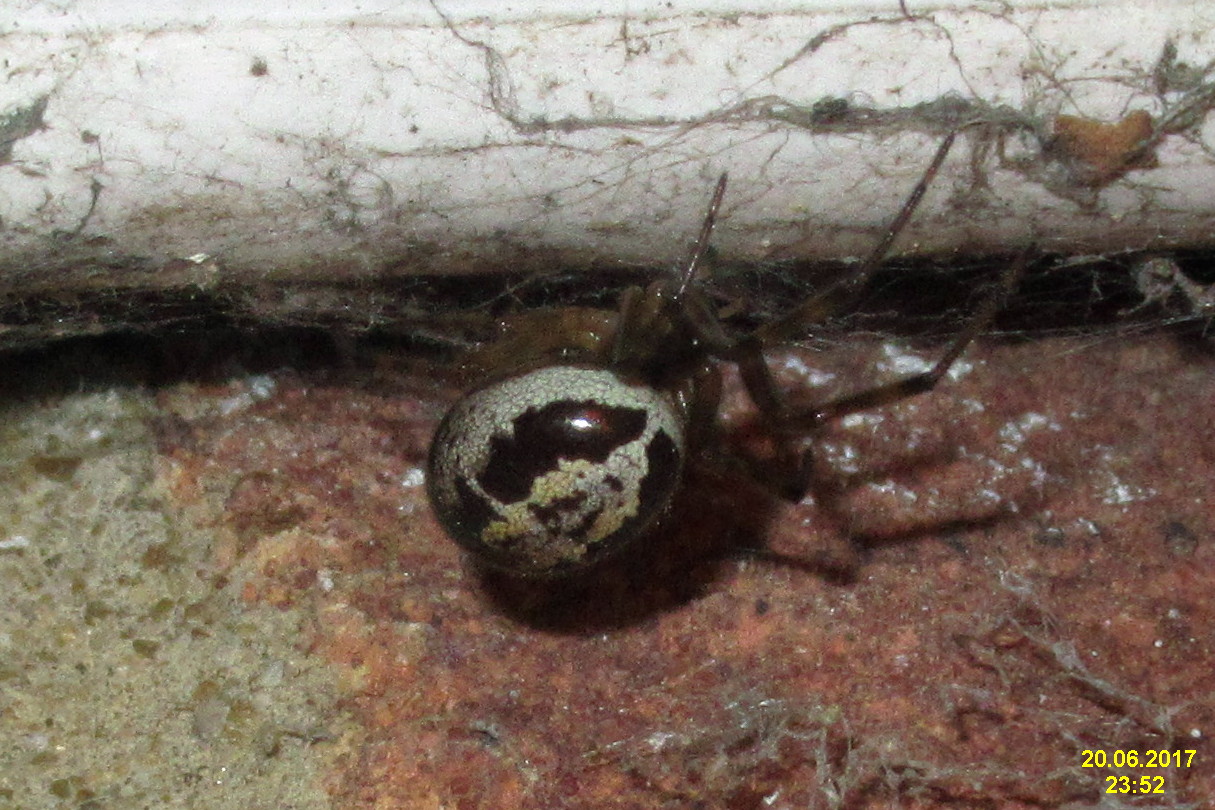
The false widow spider panic of the 2000s and 2010s stands as one of the most remarkable examples of manufactured hysteria in recent British history. A small, harmless arachnid that had been quietly living alongside humans for over a century suddenly became the subject of national panic, school closures, and media frenzy. The entire episode revealed uncomfortable truths about modern society’s relationship with nature, the power of misinformation, and the speed at which fear can spread in the digital age.
The real tragedy wasn’t the imaginary threat posed by false widows, but the genuine damage done by the hysteria surrounding them. Resources were wasted, education was disrupted, and countless harmless spiders were needlessly killed. The panic also distracted from real environmental issues and genuine conservation concerns that desperately needed public attention.
Perhaps most importantly, the false widow story demonstrates the critical importance of scientific literacy in an age where information travels faster than fact-checking. It serves as a reminder that not everything we read or share is true, and that our instinctive fears don’t always align with actual risks. The next time you see a small spider in your garden, remember the false widow panic and ask yourself: what would you have believed?

